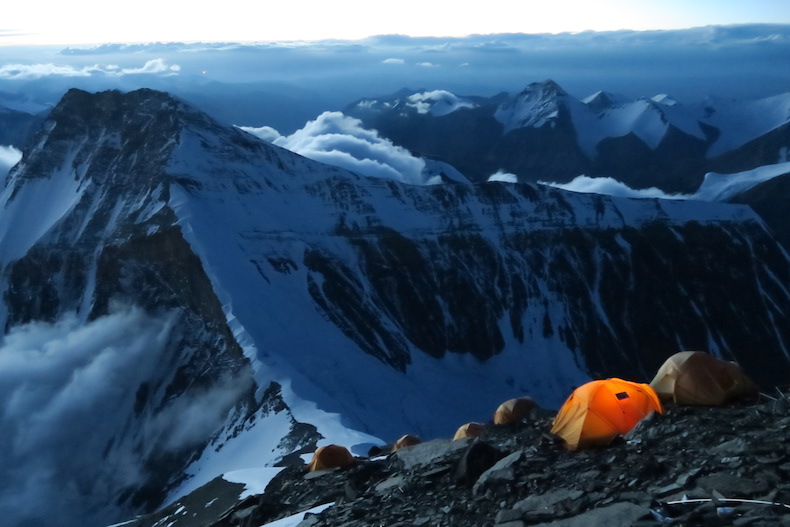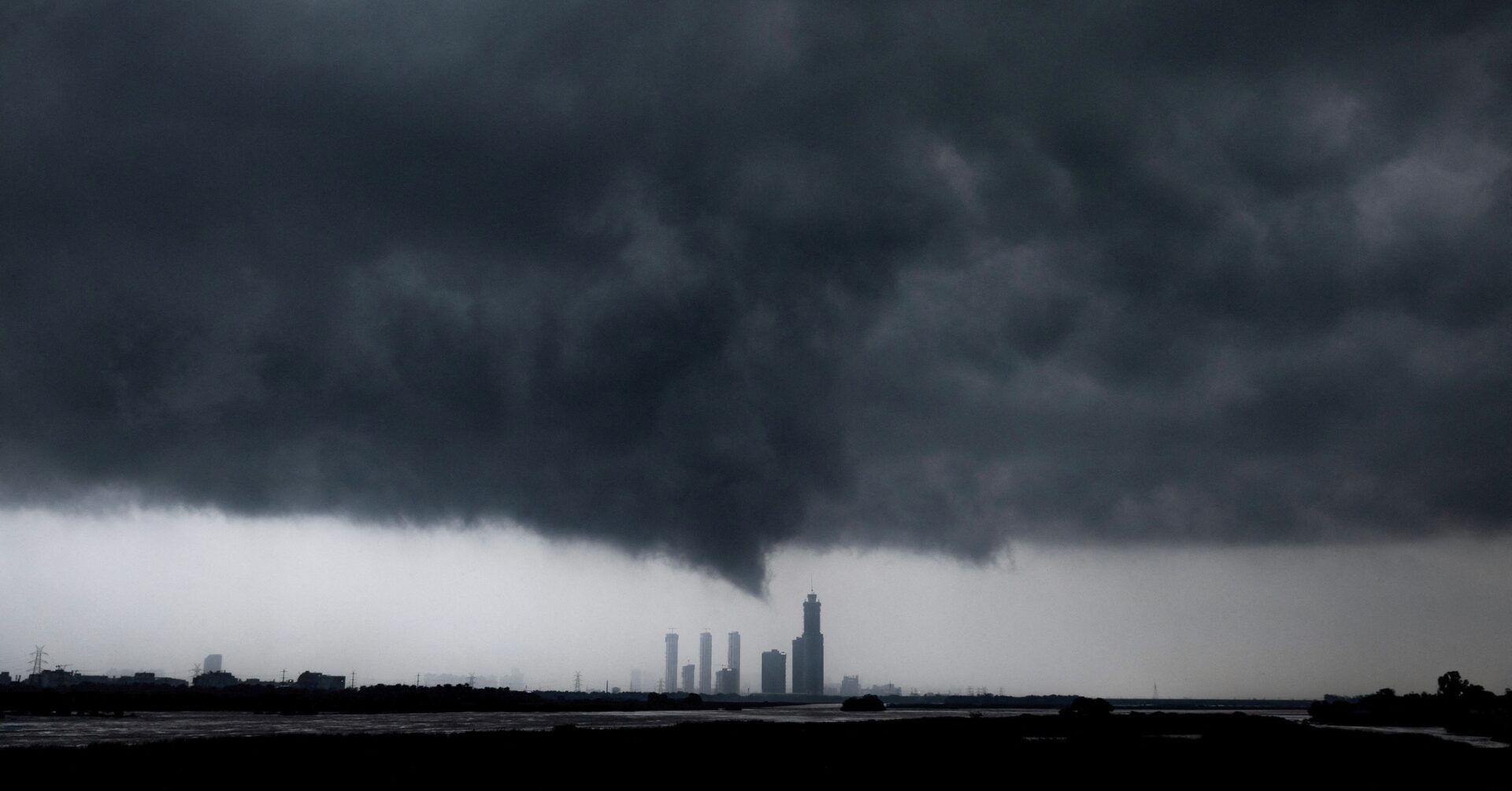The Perils Of Rapid Everest Ascent With Anesthetic Gas

Table of Contents
The Physiological Challenges of Rapid Ascent
Scaling Everest rapidly throws the body into a physiological crisis. The primary challenge is hypoxia, the reduction of oxygen levels in the blood caused by the drastically decreasing atmospheric pressure at higher altitudes. Our bodies aren't designed for such abrupt changes. Rapid altitude gain significantly increases the risk of developing life-threatening conditions like High Altitude Pulmonary Edema (HAPE) and High Altitude Cerebral Edema (HACE).
- High Altitude Pulmonary Edema (HAPE): This condition causes fluid buildup in the lungs, leading to shortness of breath, coughing, and eventually, respiratory failure. Symptoms often progress rapidly, making early detection and descent crucial.
- High Altitude Cerebral Edema (HACE): HACE involves fluid accumulation in the brain, resulting in severe headaches, confusion, loss of coordination, and potentially coma and death.
- Acclimatization: The body's ability to adapt to decreasing oxygen levels is crucial. Slow, gradual ascent allows for acclimatization, reducing the risk of HAPE and HACE. Rapid ascent overwhelms this natural adaptation process.
The symptoms of altitude sickness are subtle at first but can quickly become life-threatening. Impaired cognitive function and decreased decision-making ability, common at high altitudes, are further exacerbated by rapid ascent, increasing the risk of dangerous mistakes.
The Dangers of Anesthetic Gas at High Altitude
The use of anesthetic gases at high altitude is exceptionally dangerous and should be strictly avoided. These gases, already known to depress respiratory function at sea level, have a devastating synergistic effect with the already low oxygen levels at high altitude. This combination can lead to severe respiratory depression, significantly increasing the risk of respiratory failure and death.
- Respiratory Depression: Anesthetic gases suppress the respiratory center in the brain, reducing the rate and depth of breathing. At high altitude, where oxygen is already scarce, this effect is amplified, leading to critical oxygen deprivation.
- Exacerbated Altitude Sickness: Anesthetic gases worsen pre-existing altitude sickness, potentially accelerating the onset and severity of HAPE and HACE.
- Impaired Judgment: The sedative effects of anesthetic gases further impair judgment and coordination, dramatically increasing the risk of falls, avalanches, and other accidents.
The ethical and safety implications of using anesthetic gases during a high-altitude climb are profound. Such practices not only endanger the climber but also place an undue burden on rescue teams and fellow climbers.
Alternative Strategies for Safe Everest Ascent
Safe and responsible Everest ascents prioritize acclimatization and adherence to established safety guidelines. Speed should never compromise safety. Instead of rushing the climb, focusing on gradual acclimatization is paramount.
- Gradual Ascent: A carefully planned acclimatization schedule involves ascending slowly, allowing the body time to adjust to decreasing oxygen levels at each stage. This significantly reduces the risk of altitude sickness.
- Oxygen Supplementation: Supplemental oxygen can be a valuable tool, but it should be used strategically and under the guidance of experienced mountaineering professionals. It's not a substitute for proper acclimatization.
- Experienced Guides and Sherpas: Hiring experienced guides and Sherpas provides invaluable expertise, local knowledge, and crucial support during the climb.
- Monitoring Altitude Sickness: Understanding the signs and symptoms of altitude sickness and knowing when to descend is essential for safety.
Responsible mountaineering involves respecting the mountain and prioritizing safety above all else. This means adhering to established best practices, understanding the limitations of the human body at high altitude, and making informed decisions based on the prevailing conditions.
Conclusion
Rapid Everest ascents, especially those involving the potentially dangerous misuse of anesthetic gases, significantly increase the risk of severe altitude sickness, accidents, and death. Prioritizing safety through responsible acclimatization and avoiding risky practices is crucial for successful and ethical mountaineering. A safe Everest ascent is a responsible Everest ascent. Plan your Everest ascent responsibly. Avoid risky shortcuts, prioritize acclimatization, and understand the inherent dangers of rapid ascent and anesthetic gas usage. Let’s make Everest climbing safer for everyone. Remember, a successful climb is a responsible climb.

Featured Posts
-
 Late Game Home Runs By Freeman And Kim Secure Dodgers Win Against Giants
May 15, 2025
Late Game Home Runs By Freeman And Kim Secure Dodgers Win Against Giants
May 15, 2025 -
 Knicks Jalen Brunson Injury Timeline And Impact On The Team
May 15, 2025
Knicks Jalen Brunson Injury Timeline And Impact On The Team
May 15, 2025 -
 Anthony Edwards Vulgar Comment Costs Him 50 000 Nba Fine
May 15, 2025
Anthony Edwards Vulgar Comment Costs Him 50 000 Nba Fine
May 15, 2025 -
 Ufc Veteran Analyzes The Paddy Pimblett Vs Michael Chandler Fight
May 15, 2025
Ufc Veteran Analyzes The Paddy Pimblett Vs Michael Chandler Fight
May 15, 2025 -
 Positive Monsoon Forecast To Boost Indian Agriculture And Consumption Says Ind Ra
May 15, 2025
Positive Monsoon Forecast To Boost Indian Agriculture And Consumption Says Ind Ra
May 15, 2025
Latest Posts
-
 Jalen Brunson Injury Latest Updates And Return Projections For The Knicks
May 15, 2025
Jalen Brunson Injury Latest Updates And Return Projections For The Knicks
May 15, 2025 -
 Overtime Ankle Injury Ends Brunsons Night Knicks Fall To Lakers
May 15, 2025
Overtime Ankle Injury Ends Brunsons Night Knicks Fall To Lakers
May 15, 2025 -
 Belgica 0 1 Portugal Resumen Del Partido Y Video Goles
May 15, 2025
Belgica 0 1 Portugal Resumen Del Partido Y Video Goles
May 15, 2025 -
 Everton Vina Y Coquimbo Unido Reporte Del 0 0
May 15, 2025
Everton Vina Y Coquimbo Unido Reporte Del 0 0
May 15, 2025 -
 Knicks Jalen Brunson Injury Timeline And Impact On The Team
May 15, 2025
Knicks Jalen Brunson Injury Timeline And Impact On The Team
May 15, 2025
